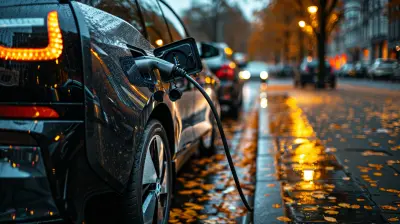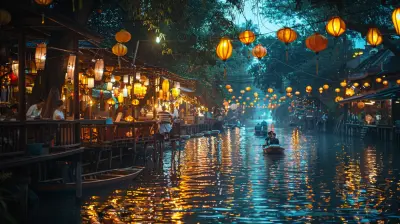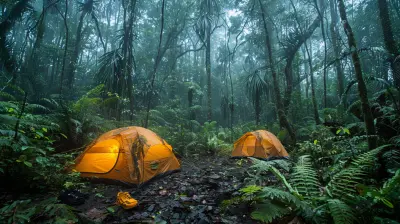How to Effectively Treat Water in the Backcountry
22 May 2025
When you’re out exploring the great outdoors, having access to clean drinking water is a must. However, drinking straight from a crystal-clear stream or a peaceful-looking lake can be a recipe for disaster. Why? Because even the purest-looking water can be teeming with bacteria, viruses, and parasites that could turn your adventure into a stomach-churning nightmare.
So, how do you make sure the water you drink is safe? There are several effective ways to treat backcountry water, and in this guide, we’ll break down the best methods. Whether you’re hiking, camping, or backpacking deep into the wilderness, you'll find a method that suits your needs. 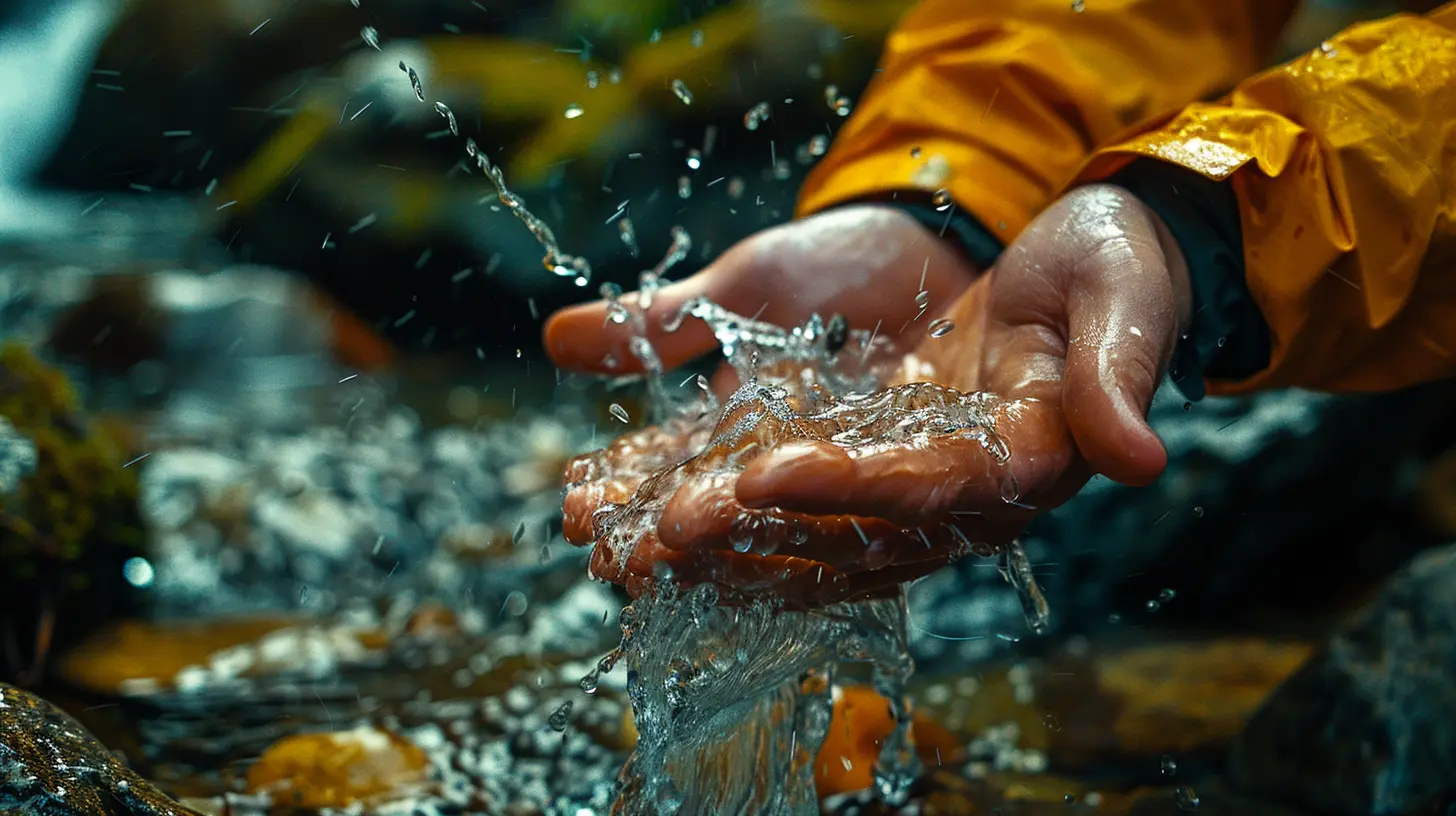
Why Treating Backcountry Water is Essential
Imagine this: You’re miles away from civilization, having the time of your life, when suddenly you’re hit with severe stomach cramps and diarrhea. This is often caused by waterborne pathogens like Giardia, Cryptosporidium, or E. coli. These nasty microorganisms thrive in untreated water and can quickly ruin your trip.Drinking untreated water can lead to serious illnesses, including:
- Giardiasis – A common parasite that causes diarrhea, cramps, and nausea.
- Cryptosporidiosis – Another waterborne parasite that leads to stomach distress.
- E. coli infections – Bacteria that can cause severe abdominal pain and diarrhea.
By taking a few extra minutes to treat your water, you can stay safe, hydrated, and healthy throughout your trip. 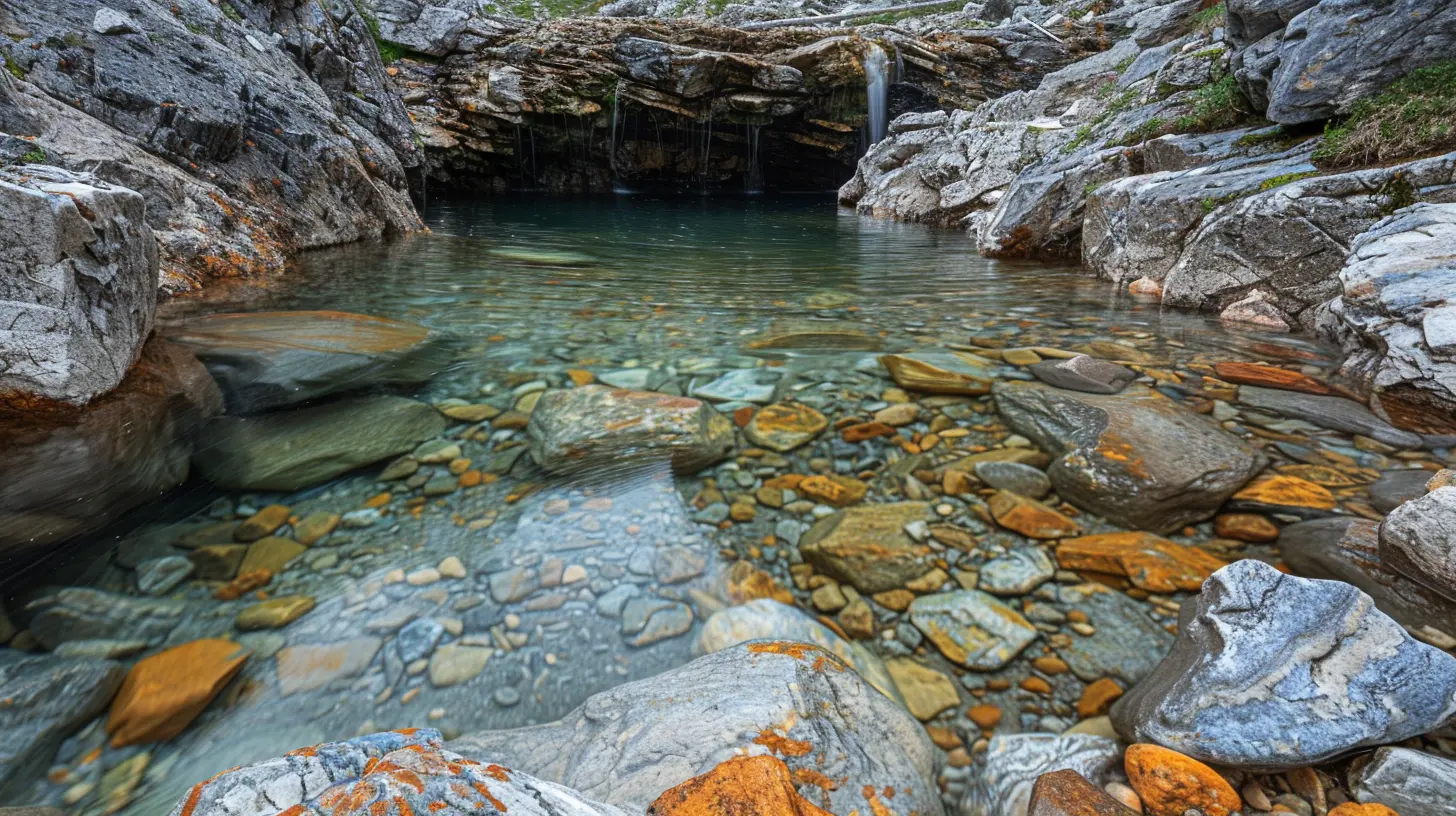
Best Methods to Treat Water in the Backcountry
There’s no one-size-fits-all solution to water treatment. The method you choose will depend on factors like the water source, the level of contamination, and your personal preference. Here’s a breakdown of the most effective ways to treat water in the wild.1. Boiling Water
Boiling is the gold standard of water treatment. It’s one of the most foolproof ways to kill bacteria, viruses, and parasites.How to Boil Water for Safety
1. Collect water from the cleanest source possible.2. Bring water to a rolling boil for at least one minute (or three minutes at higher altitudes).
3. Let it cool before drinking.
Pros of Boiling Water
✅ Kills bacteria, viruses, and parasites✅ No additional equipment needed (besides a pot and stove/fire)
✅ Works in all environments
Cons of Boiling Water
❌ Requires fuel and a heat source❌ Takes time to boil and cool
❌ Doesn’t remove sediment or chemical pollutants
If you’re setting up camp and have access to fire or a stove, boiling is one of the safest ways to ensure your water is clean.
2. Using Water Filters
Water filters are a backpacker’s best friend. They physically remove bacteria, protozoa, and even some viruses, depending on the filter’s pore size.How Water Filters Work
Most filters use a pump or a gravity-fed system to push water through a fine mesh that traps harmful contaminants. Some use activated carbon to improve taste and remove chemicals.Pros of Water Filters
✅ Removes bacteria and protozoa✅ Doesn’t require chemicals or boiling
✅ Improves taste and removes sediment
Cons of Water Filters
❌ Does not always remove viruses (unless you use a purifier)❌ Filters can clog over time
❌ Requires maintenance and cleaning
Water filters are ideal for hikers who want a quick and easy way to drink straight from a stream without waiting for water to boil or chemicals to take effect.
3. Chemical Water Treatment (Tablets or Drops)
Chemical water treatment is a lightweight and convenient option for backcountry travelers. It typically involves using iodine or chlorine dioxide tablets or drops to disinfect water.How to Use Water Purification Tablets
1. Fill your water bottle with untreated water.2. Drop in the recommended amount of tablets/drops.
3. Wait for 30 minutes to 4 hours, depending on the brand and water temperature.
Pros of Chemical Treatment
✅ Lightweight and easy to carry✅ Kills bacteria, viruses, and protozoa
✅ No need for bulky equipment
Cons of Chemical Treatment
❌ Can leave an unpleasant taste❌ Takes time to work
❌ Not effective for heavily contaminated or murky water
If you need a backup option or plan to travel light, chemical treatment is a solid choice. Some brands even offer neutralizer tablets to remove the bad taste.
4. UV Light Purifiers
UV light purifiers use ultraviolet rays to kill bacteria, viruses, and parasites in seconds. These battery-operated devices are compact and highly effective.How a UV Water Purifier Works
1. Fill a bottle with water.2. Stir the UV device in the water for about 60 seconds.
3. Drink up!
Pros of UV Purifiers
✅ Kills bacteria, viruses, and protozoa✅ No chemicals or filter replacements needed
✅ Fast and easy to use
Cons of UV Purifiers
❌ Requires batteries or charging❌ Doesn’t remove sediment
❌ Not effective in very cloudy water
If you want a high-tech, hassle-free method, UV purifiers are a fantastic option. Just make sure to bring extra batteries!
5. Solar Water Disinfection (SODIS)
Solar water disinfection (SODIS) is a low-tech but effective method that uses sunlight to kill harmful microorganisms.How to Disinfect Water with Sunlight
1. Fill a clear plastic or glass bottle with untreated water.2. Place it in direct sunlight for at least six hours (or two days in cloudy weather).
3. Drink once it's fully disinfected.
Pros of Solar Water Disinfection
✅ No equipment or chemicals needed✅ Environmentally friendly
✅ Works well in sunny conditions
Cons of Solar Water Disinfection
❌ Takes several hours❌ Requires direct sunlight
❌ Doesn’t filter out dirt or debris
This method is great for emergency situations or long-term survival scenarios, but it's not the best option if you're in a hurry. 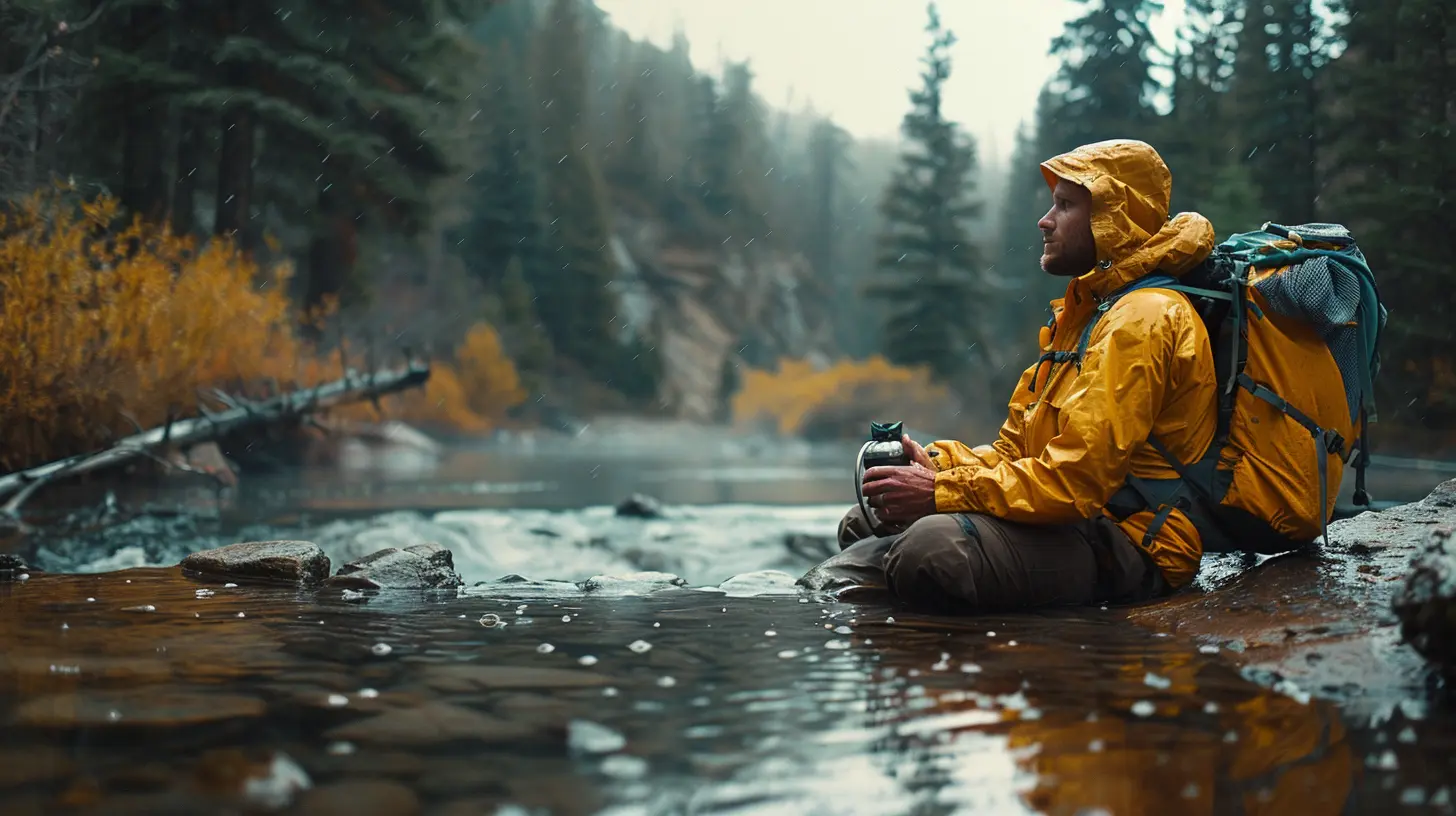
Extra Tips for Safe Drinking Water in the Wild
- Always collect water from the cleanest source possible – Look for flowing water instead of stagnant pools.- Use a bandana or cloth to pre-filter debris before treating water.
- Carry a backup method in case your primary method fails.
- Store treated water in a clean container to avoid recontamination.
Even if the water looks pristine, you can never be sure what’s lurking in it. It’s always better to be safe than sorry when it comes to hydration in the wilderness. 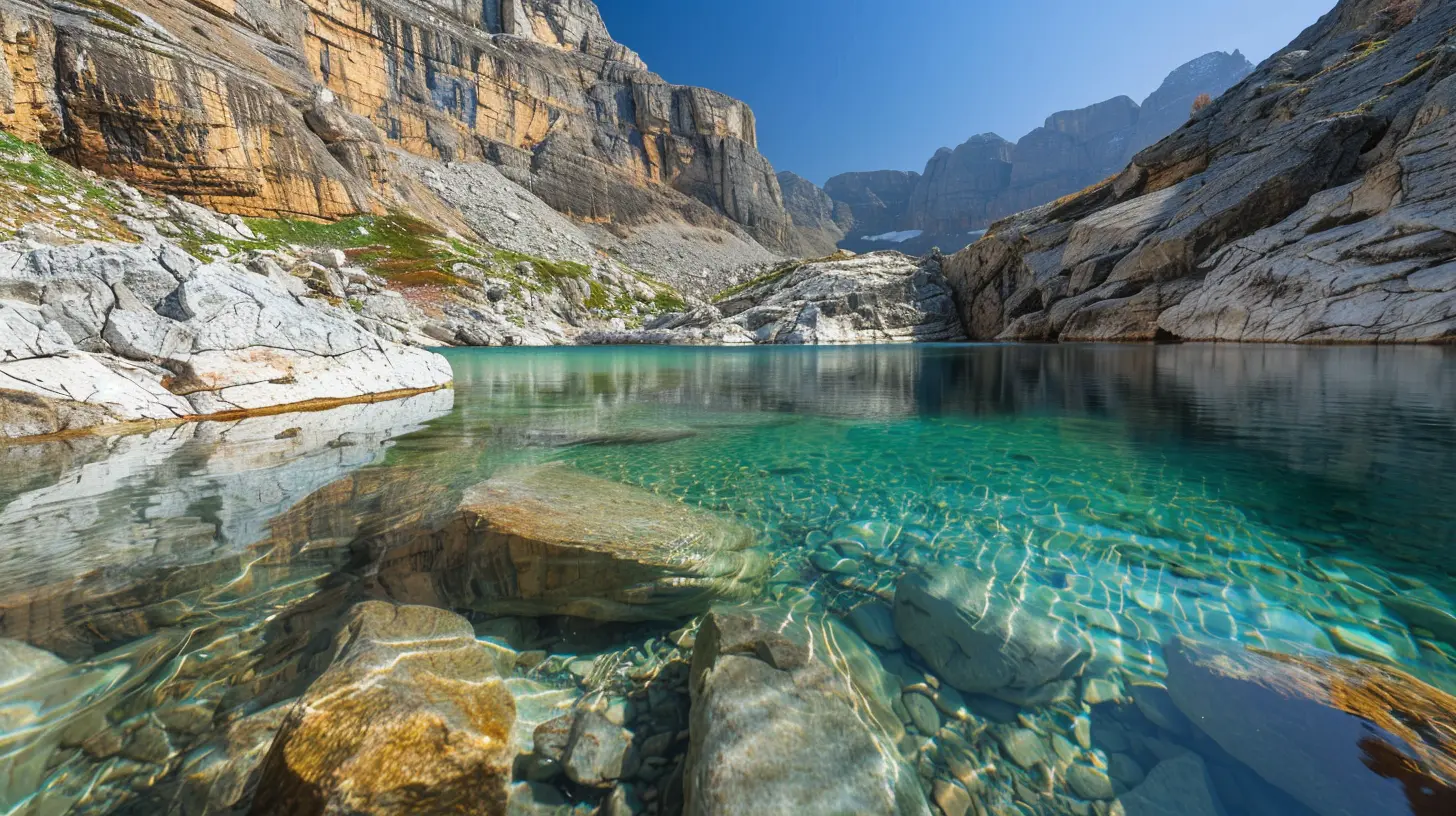
Which Water Treatment Method is Best?
The “best” method depends on your situation. If you’re setting up camp near a fire, boiling might be perfect. If you’re covering long distances while hiking, a lightweight filter or chemical treatment might be more practical.For most backpackers, a combination of methods is ideal. A water filter + chemical treatment or UV purifier + backup tablets ensures you’re prepared for any situation.
Final Thoughts
Treating water in the backcountry isn’t just a luxury—it’s a necessity. One wrong sip from a contaminated stream can turn your adventure into a survival challenge. By choosing the right treatment method, you can enjoy your trip without worrying about harmful bacteria and parasites.So, next time you hit the trails, remember: clean water is happy water! Stay safe, stay hydrated, and enjoy the beauty of the great outdoors.
all images in this post were generated using AI tools
Category:
Backcountry TravelAuthor:

Kelly Hall
Discussion
rate this article
3 comments
Natasha Peterson
Treating water in the backcountry is like dating: you can’t just dive in without checking for red flags! Whether it’s boiling, filtering, or purifying, remember—clean water is like a good pick-up line: it’s all about the delivery!
June 5, 2025 at 3:22 PM

Kelly Hall
Great analogy! Just like dating, thorough preparation is key to ensuring safe and enjoyable experiences in the backcountry.
Azriel Johnson
Great tips for staying hydrated in the wilderness! Remember, adventure is just around the corner—don’t let water worries keep you down. With the right techniques, you'll be sipping safely and enjoying nature's beauty in no time. Cheers to your next backcountry journey!
May 28, 2025 at 4:46 PM

Kelly Hall
Thank you! I'm glad you found the tips helpful. Here’s to safe adventures and enjoying the great outdoors! Cheers!
Amalia McKeever
Stay safe and enjoy nature's beauty responsibly!
May 26, 2025 at 3:12 AM

Kelly Hall
Thank you! Enjoying nature responsibly is key, and safe water treatment enhances that experience.
